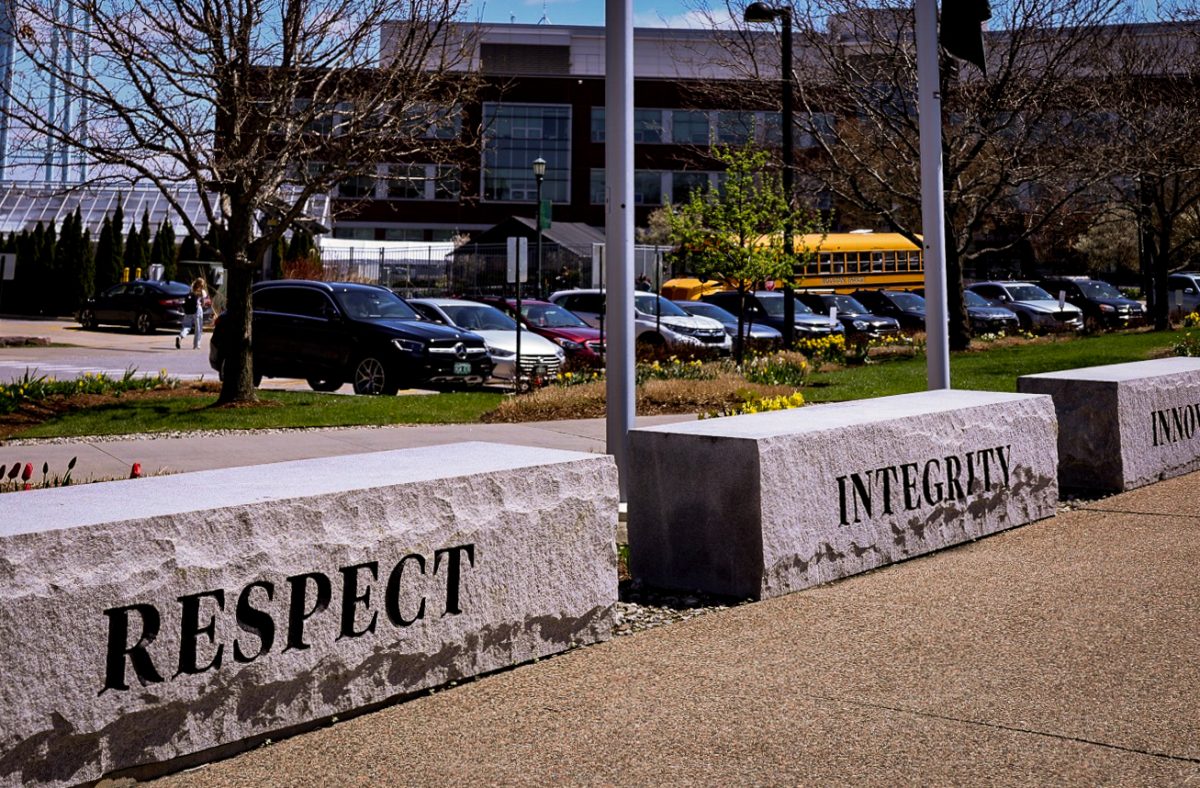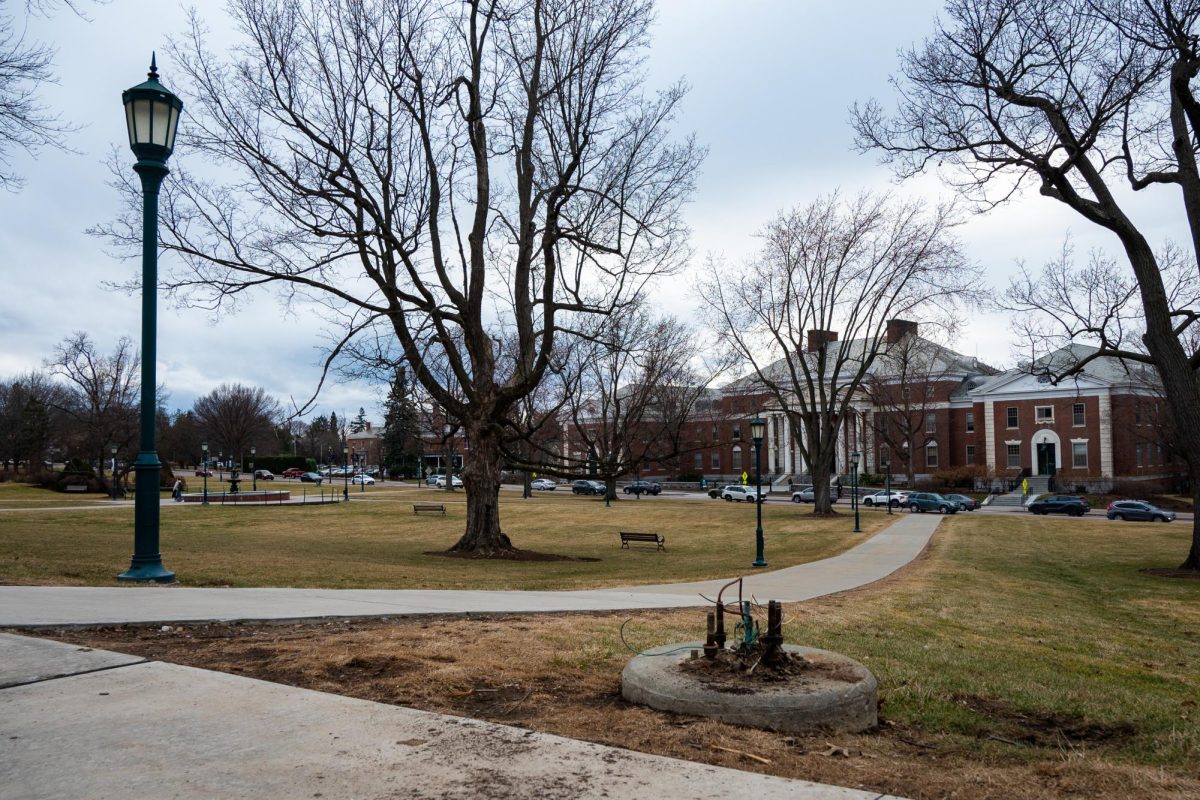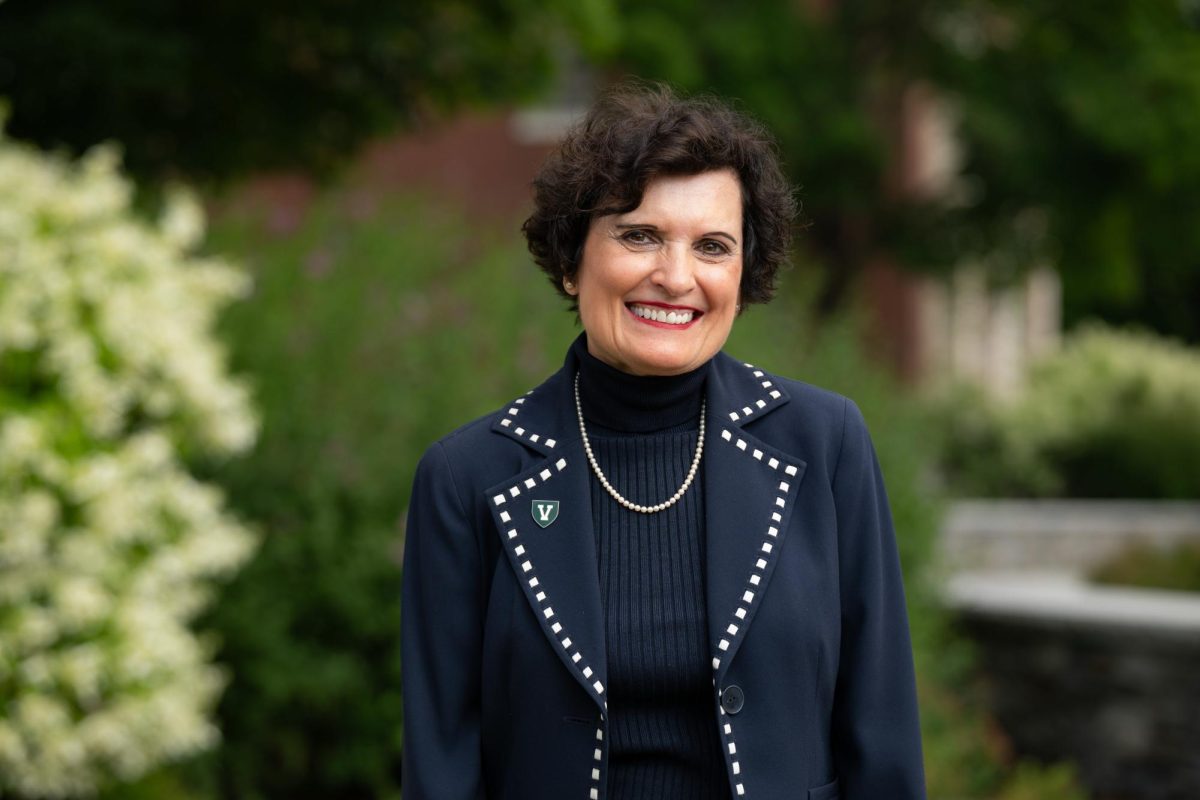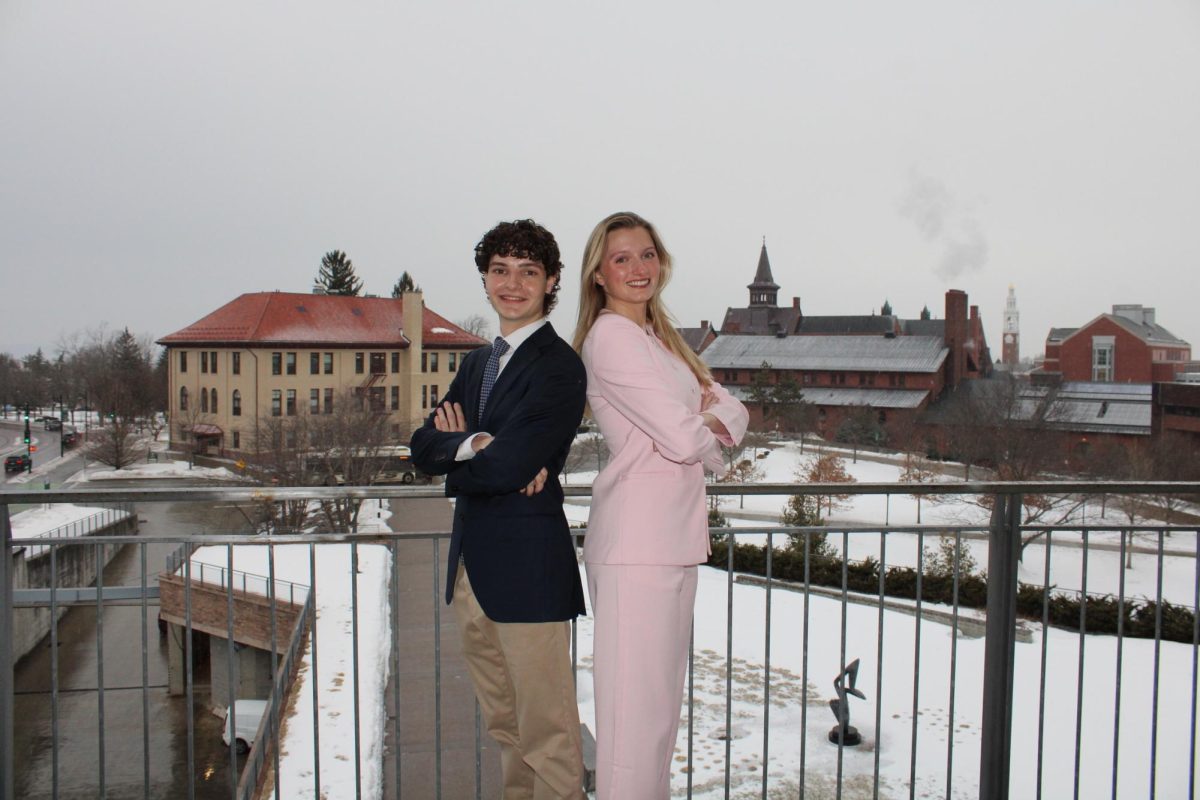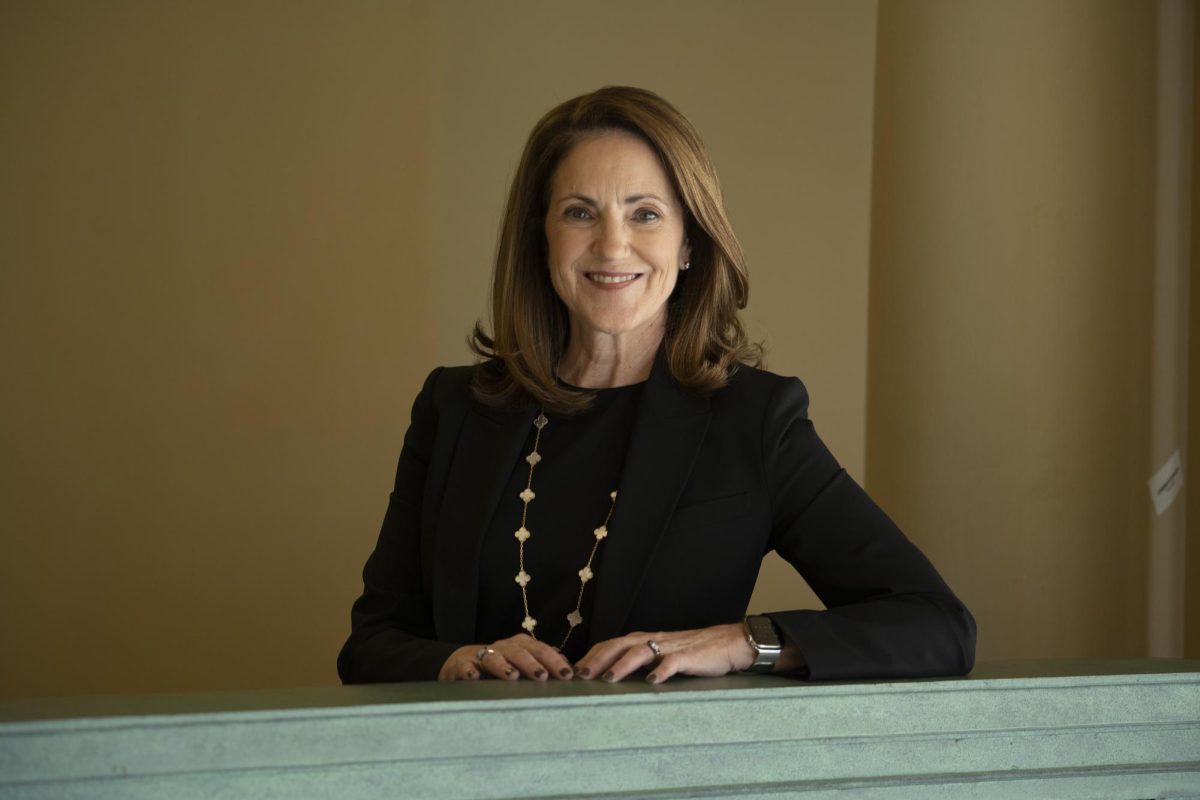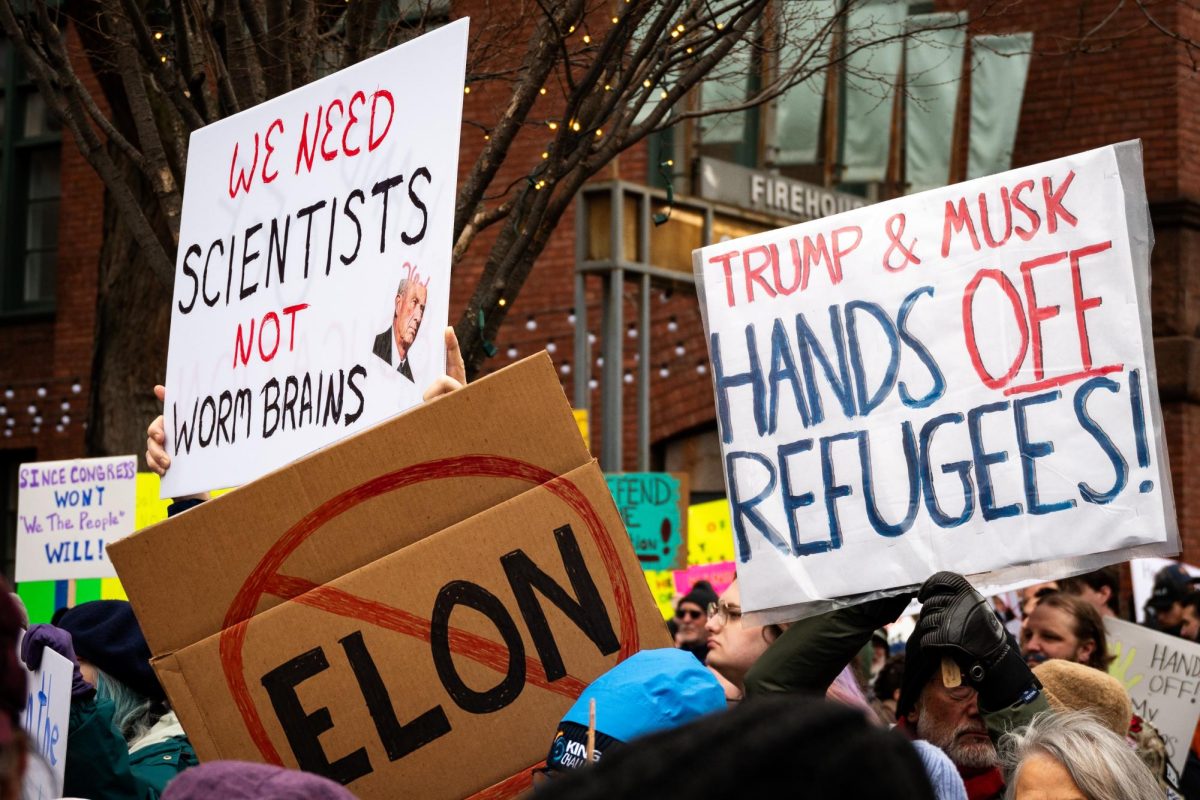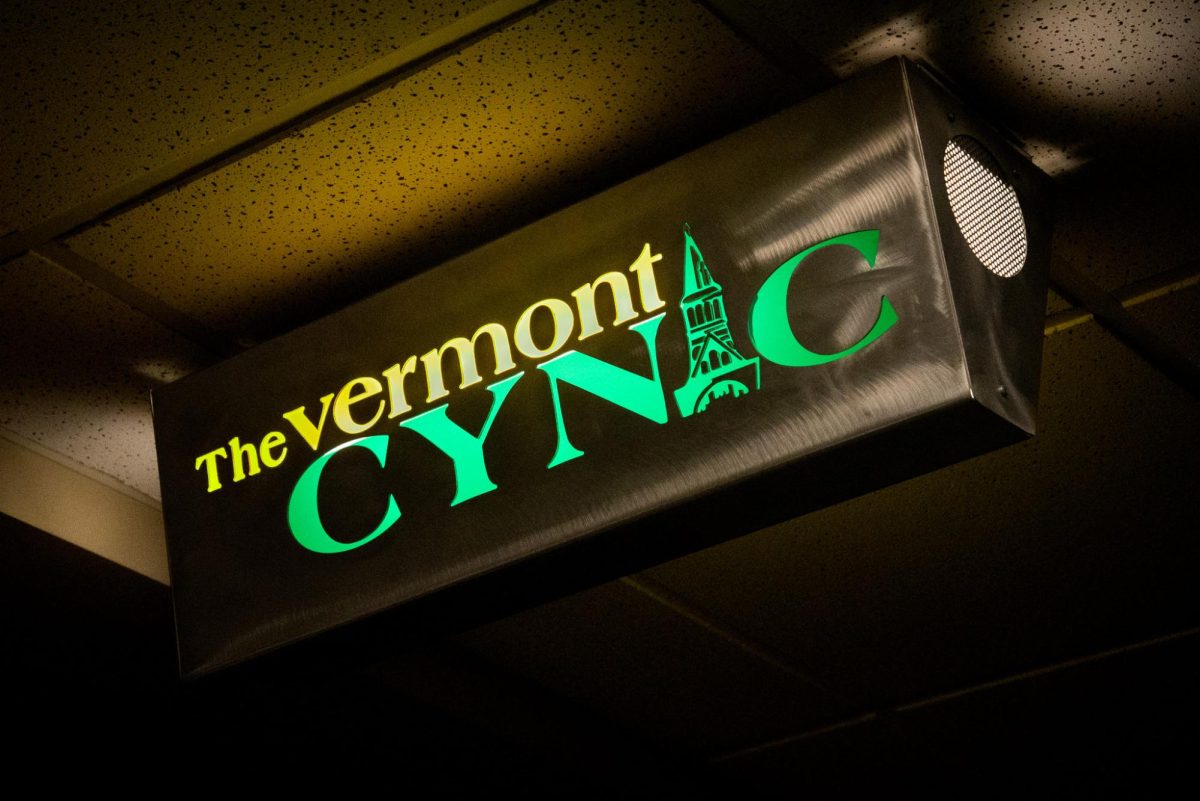President Tom Sullivan visited the Statehouse Jan. 27 to ask the House and Senate Committees on Education for more funding for fiscal year 2017.
Sullivan asked for a 5.2 percent increase in funding for the University.
During his presentation he also said UVM’s out-of-state tuition dollars fund the University, and a goal of the administration is to lower tuition for all students.
UVM is “having a hard time recruiting and retaining out-of- state students because of that price tag,” Sullivan said.
UVM is the fourth most expensive public university for out-of-state students, according to a Dec. 2, 2014 article by U.S. News and World Report.
Vermont was also ranked 49th for the funding of its state colleges and universities in 2013 and is consistently among the lowest, according to a 2013 report from the State Higher Education Executive Officers Association.
A funding increase would lead directly to a tuition decrease, Sullivan said to the Senate committee.
“The greater the support from the state,” he said, “the less [UVM] can hold out on tuition.”
State funding has not increased in six to eight years, Wendy Koenig, director of Federal and State Relations at UVM said.
Gov. Peter Shumlin has not budgeted an increase for UVM and the University will likely not receive an increase in funding from the state, Koenig said.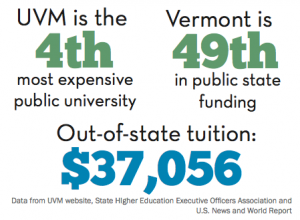
“The state budget is not in good shape,” she said.
Sullivan also asked the committee to repeal the “40 percent rule.” This policy sets a cap on in-state tuition at 40 percent of the out-of-state rate. If this rule were dropped, Sullivan promised to lower out-of-state tuition and not raise in-state.
“I can guarantee you it will not affect Vermonter tuition or enrollment,” he said of the proposed repeal.
The 40 percent rule was recently repealed from graduate tuition, though the initiative only passed because lawmakers were told it would not apply to undergraduates, said Sen. Philip Baruth, who teaches English at UVM.
Over 1,000 Vermonters graduate from UVM every year and some of the money would be used to help the University’s efforts to attract and graduate more Vermont students, Sullivan said.
“I think our goal is to have more Vermonters educated,” he said. “I hope we can educate them in our great institutions here in Vermont.”
Thirty-two percent of Vermont students at the University are the first in their families to attend college, and 28 percent of Vermont students are Pell Grant recipients, Sullivan said.
Some students see the benefits of an increase in funding.
“If more funding means more scholarships, then it sounds good to me,” first-year Talia Cohen said.
Sullivan also said the University’s goal is keeping graduated students in-state.
UVM plays a role in the foundation of Vermont’s current and future economic status, he said.
His testimony to the House Education Committee centered around the idea that efforts to make UVM more affordable for students would provide jobs and resident retention.
He said 91 percent of 2014 graduates were employed within one year of graduation, and 44 percent of those students were employed in Vermont.
For every dollar the University receives from the state, the University puts $25 back into the local economy, according to Sullivan’s presentation.



